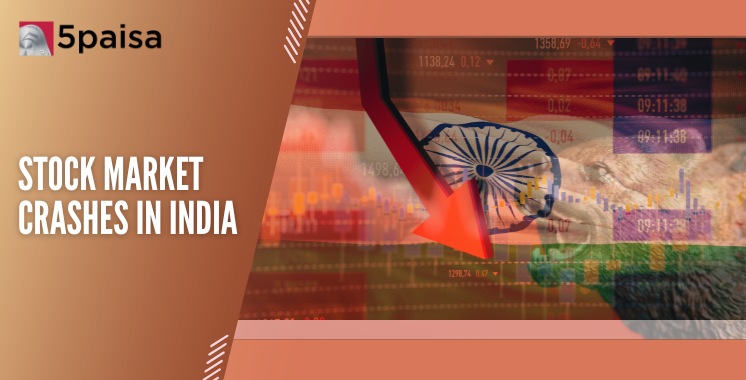Content
- COVID-19 Crash – March 2020
- Demonetisation and US Election Crash – November 2016
- Yuan Devaluation and Brexit Crash – June 2015 to June 2016
- Global Financial Crisis – March 2008
- Dot-Com Bubble Burst – 1999–2000
- Harshad Mehta Scam – April 1992
- Black Monday – October 1987
- The 1982 Dhirubhai Ambani Incident
- The Great Depression – 1929 Stock Market Crash
- Lessons from History
A stock market crash is one of the most feared events in the financial world. It refers to a sudden and significant decline in the value of major stock indices While market fluctuations are normal, certain crashes have left an indelible mark on the global economy, causing trillions of dollars in losses and leading to long-term consequences. In this article, we examine the worst stock market crashes in history, exploring their causes, impact, and lessons learned.
More Articles to Explore
- Difference between NSDL and CDSL
- Lowest brokerage charges in India for online trading
- How to find your demat account number using PAN card
- What are bonus shares and how do they work?
- How to transfer shares from one demat account to another?
- What is BO ID?
- Open demat account without a PAN card - a complete guide
- What are DP charges?
- What is DP ID in a demat account
- How to transfer money from demat account to bank account
Disclaimer: Investment in securities market are subject to market risks, read all the related documents carefully before investing. For detailed disclaimer please Click here.



